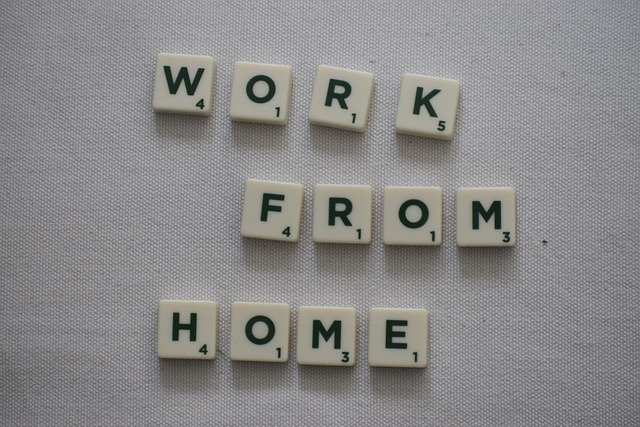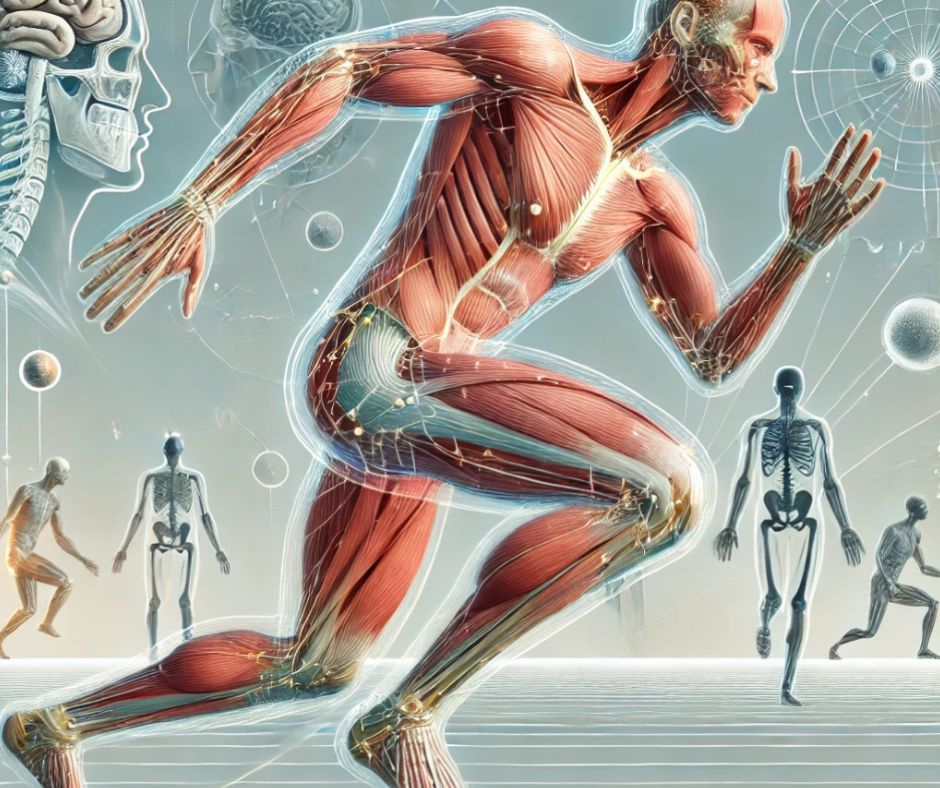Psychology Classics On Amazon

Working From Home?
Here Are Five Ways To Reduce Procrastination And Be Productive
If you have been asked to work from home during the coronavirus pandemic to help slow the spread of the virus, you might be quite happy about it at first. Think of the benefits such as saving on commuting time and expenses, and being in a comfortable environment.
But the home environment has numerous distractions that can make it easy to procrastinate and not get your work done. Whether you are new to working from home or are a long-time remote worker who struggles with staying on task some days, these evidence-based strategies can help you reduce procrastination and stay productive.
1. Set up a clear work schedule
The home environment lacks the structure of a work environment where there are timed breaks and clear start and finish times. Creating a schedule tailored to the work you want to get done can add that missing structure, reducing the procrastination that tends to take place otherwise.
So make a plan for your work that has clear and realistic goals that you can expect to achieve within a given time frame. If your goal is to write a ten-page report, break that task down into smaller and more manageable steps that are less overwhelming. For example, you may want to start with doing background research before writing and then prepare an outline, setting a goal to write a specific number of pages a day.
Organising your larger task into several smaller ones also provides opportunities to experience small successes, which can accumulate and help keep you motivated and productive.
Whichever way you organise your work-at-home schedule, try to include reasonable breaks. Plan in time for meals as well as short breaks to refresh your mind. But be careful: short breaks checking personal email or social media can turn into full-on procrastinating in the form of cyberloafing or cyberslacking if you don’t limit your break time.
2. Tackle task uncertainty
If you find yourself struggling to start or finish a work task, it may be because you’re unsure about what needs to be done to complete your work. When you are working at home, it can be harder to get quick answers to reduce this uncertainty. People tend to procrastinate on tasks that are unclear or confusing and when they are not sure about what they are supposed to do.
This is because such tasks can create feelings of uncertainty that are unpleasant, and that arouse feelings of self-doubt and self-criticism. Procrastination is more likely to occur when people experience unpleasant feelings related to a task that they can’t tolerate or manage.
Before you start a new or unfamiliar work task, check to make sure you have clear guidance about what needs to be done. Because we don’t always know what we don’t know, it may take starting the task before you realise that you’re missing important information or are unclear about what’s needed to get the work done.
Becoming more aware of when you experience feelings of uncertainty is the first step towards harnessing this unpleasant feeling and taking action to get the information you need. Having a list of key people you can contact for quick support can also help in case you find yourself being paralysed by uncertainty.
3. Reduce distractions
Working at home means having to deal with potential distractions that can take you off task. Setting yourself up to work in a quiet space that is likely to have little or no traffic from family members or flatmates is a good first step. But remote working can also involve being online and having access to a number of digital temptations.
Some people are good at turning a blind eye to these distractions and can stay focused on their work, no matter where they are. But if you have work to do that is boring, stressful or causes you self-doubt then watching funny cat videos can become an escape to help you feel better at the expense of getting your work done.
Controlling how and when you are allowed to go online for non-work purposes can help minimise exposure to distractions from your digital environment and the risk that you will procrastinate.

4. Plan for interruptions
Even the best laid plans to set aside time to get your work done can fall apart when unexpected interruptions appear. If you’re not prepared, that call from your mum who just wants to chat can tempt you to procrastinate and throw your work schedule off track.
One approach that has been shown to be effective for closing the gap between intentions and actions – reducing procrastination and helping you stay productive – is to make specific if-then plans for dealing with interruptions.
This involves first thinking about the possible interruptions you might encounter, and then rehearsing how you will respond. For example, when mum calls you might prepare to say: “Sorry, I’d love to chat but I’m actually working right now. Can I call you back after work?”
5. See the meaning of work
My research suggests a lack of positive feelings about a task can also contribute to procrastination. When you work at home you are surrounded by things that are personally meaningful to you. In comparison, your work can seem less meaningful.
This contrast may make it difficult at times to stay focused and productive. Reminding yourself why your work is important and valuable to you can help rebalance the scale to increase positive feelings towards your work and reduce procrastination while working from home.![]()
Fuschia Sirois, Reader in Health Psychology, University of Sheffield
This article is republished from The Conversation under a Creative Commons license. Read the original article.
Recent Articles
-
Proprioception Explained: The Psychology Behind Your Sixth Sense
Mar 24, 25 05:04 AM
Discover how proprioception in psychology shapes movement, balance, and self-awareness—essential insights every psychology student should know. -
Airport Psychology: How Travel Hubs Influence Human Behavior
Mar 20, 25 08:01 AM
Why do airports make us act differently? Discover the psychology behind traveler behavior, stress, and emotions in these unique transitional spaces. -
Why do past experiences seem better than they actually were?
Mar 20, 25 04:33 AM
Is my memory deceiving me?





